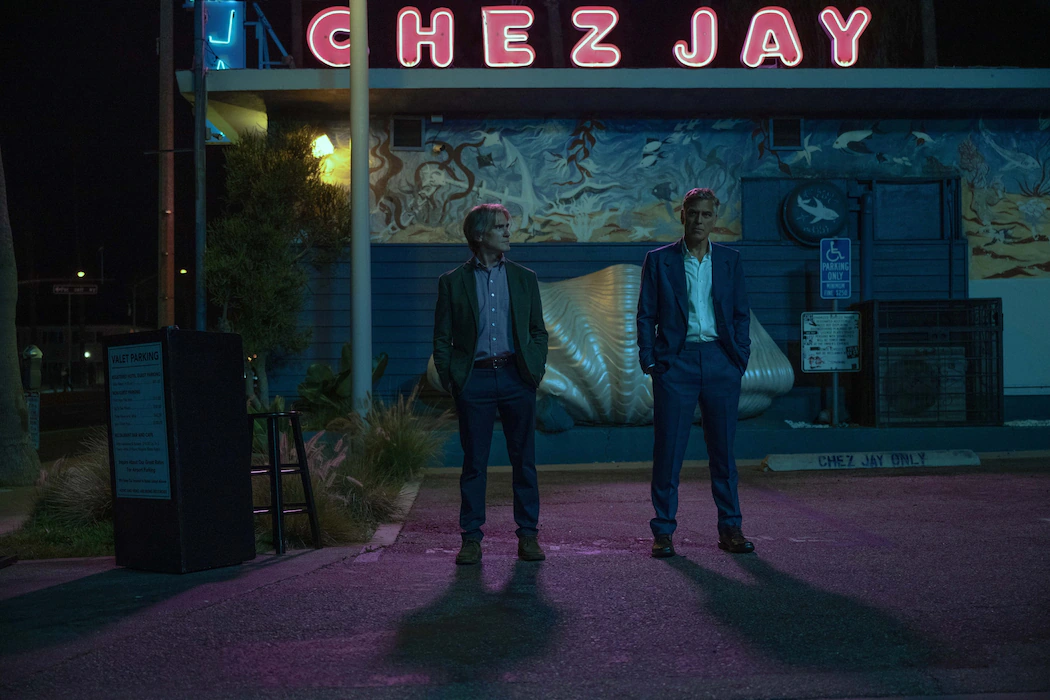Andy Shaw’s “Peek A Boo” stands as a testament to his skillful blending of playful themes with a sophisticated artistic technique. The artwork, likely inspired by the universal childhood game of the same name, brings forth a sense of whimsy and interaction while exploring deeper emotional and psychological layers. Shaw’s ability to evoke nostalgia and humor while simultaneously challenging perceptions of art and abstraction allows “Peek A Boo” to transcend its surface-level simplicity.
At first glance, “Peek A Boo” may seem rooted in the realm of simple, childlike playfulness, but upon closer examination, Shaw’s use of bold color, geometric shapes, and abstracted figures reveals a more complex narrative. The central theme of the artwork—the act of hiding and revealing—echoes a deeper exploration of visibility, vulnerability, and the human desire for connection. The peek-a-boo game, often played between children and their caretakers, is itself a foundational experience in developing trust and awareness of others. Shaw taps into this emotional undercurrent, creating a piece that speaks to our earliest experiences of interaction and recognition.
Color is one of Shaw’s primary tools in “Peek A Boo”, and it plays a significant role in evoking emotional responses. His palette, likely featuring bright and contrasting hues, mirrors the exuberance and energy of childhood while also drawing attention to the act of seeing and being seen. The dynamic interplay of light and shadow within the composition heightens the feeling of surprise and anticipation, key elements of the peek-a-boo experience. Through this, Shaw demonstrates his understanding of the psychological implications of color and form, using them not just to create a visually appealing piece but also to communicate underlying emotional states.
The composition of “Peek A Boo” is carefully considered, with abstract shapes and figures arranged in a way that suggests movement and interaction. Shaw’s use of abstraction allows the viewer to project their own interpretations onto the artwork. The figures may not be fully defined, yet their positioning and interaction evoke a sense of play and discovery. This abstraction is key to Shaw’s work, as it invites viewers to engage with the piece on both a personal and imaginative level. The absence of clear facial features or identities in the figures also hints at the universality of the experience, making “Peek A Boo” resonate across cultural and individual boundaries.
Another notable aspect of Shaw’s work is his exploration of spatial relationships within the artwork. The act of peeking and hiding involves a dynamic interplay of space, both physical and emotional. Shaw reflects this through his careful manipulation of positive and negative space. The areas where figures or shapes are “hidden” in the composition become just as important as the areas that are visible, emphasizing the tension between concealment and revelation. This duality is central to the meaning of the piece, as it touches on broader themes of identity, perception, and the human condition.
“Peek A Boo” can also be seen as a commentary on the role of the viewer in the experience of art. Just as in the childhood game, the viewer is an active participant in the unfolding of the narrative. The piece engages the audience by requiring them to look, to search, and to uncover the meaning within the abstraction. In this way, Shaw blurs the lines between the artist, the artwork, and the audience, creating an interactive experience that mirrors the very act of playing peek-a-boo.
Andy Shaw’s “Peek A Boo” is far more than a simple representation of a childhood game. Through his masterful use of color, form, and abstraction, Shaw creates a piece that is at once playful and profound, tapping into universal human emotions and experiences. His exploration of visibility, space, and interaction invites viewers to engage deeply with the artwork, making “Peek A Boo” a lasting and thought-provoking piece within Shaw’s broader oeuvre.
No comments yet.








